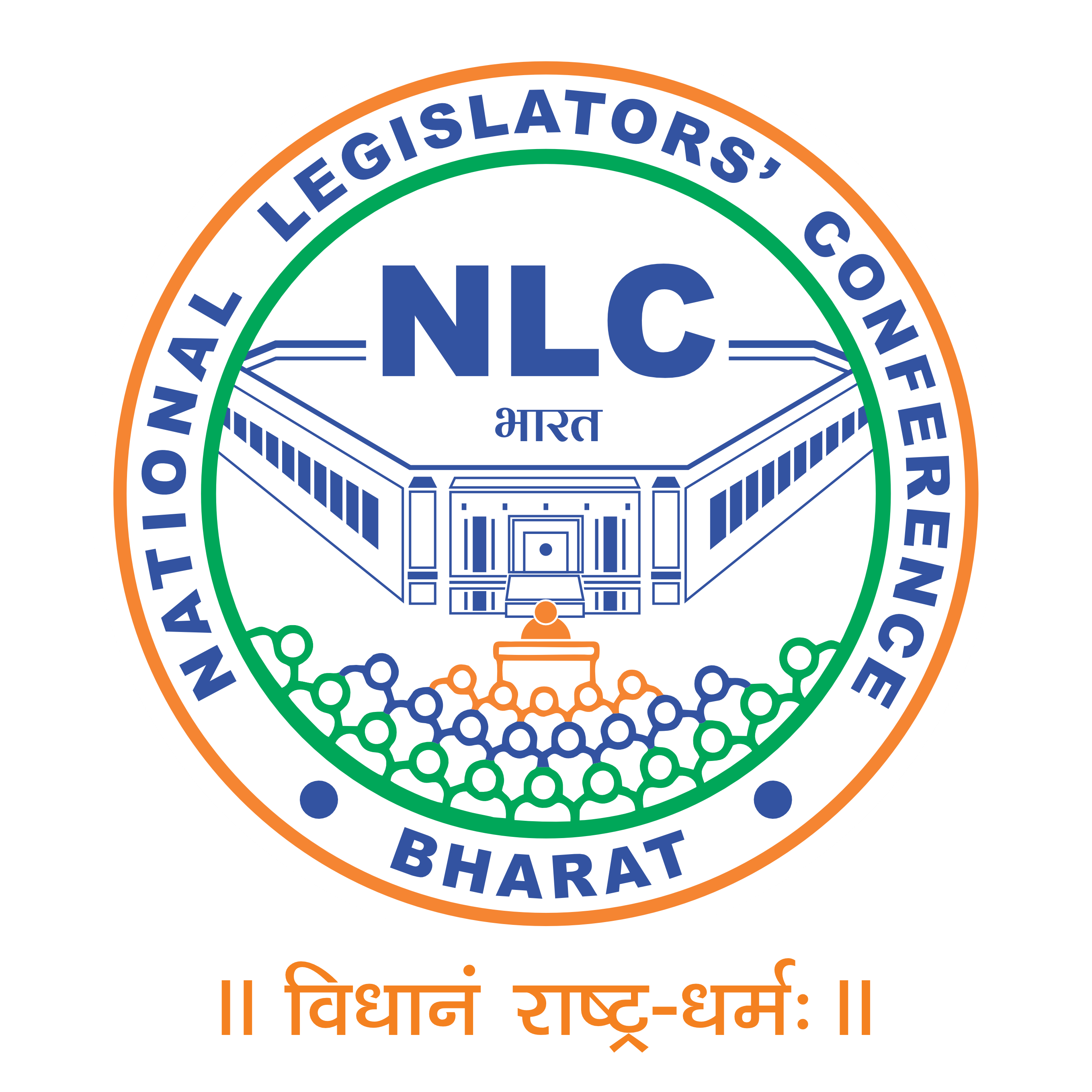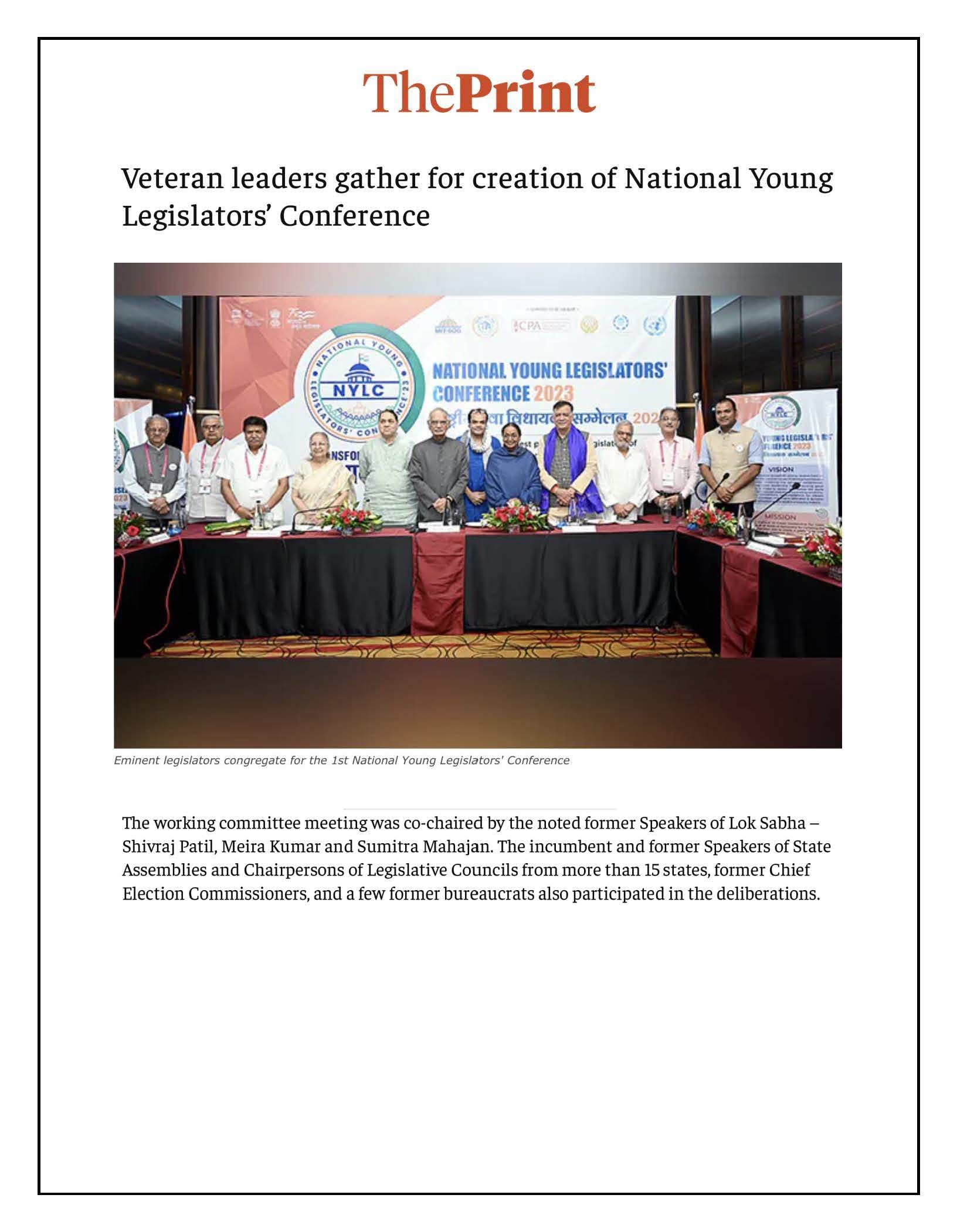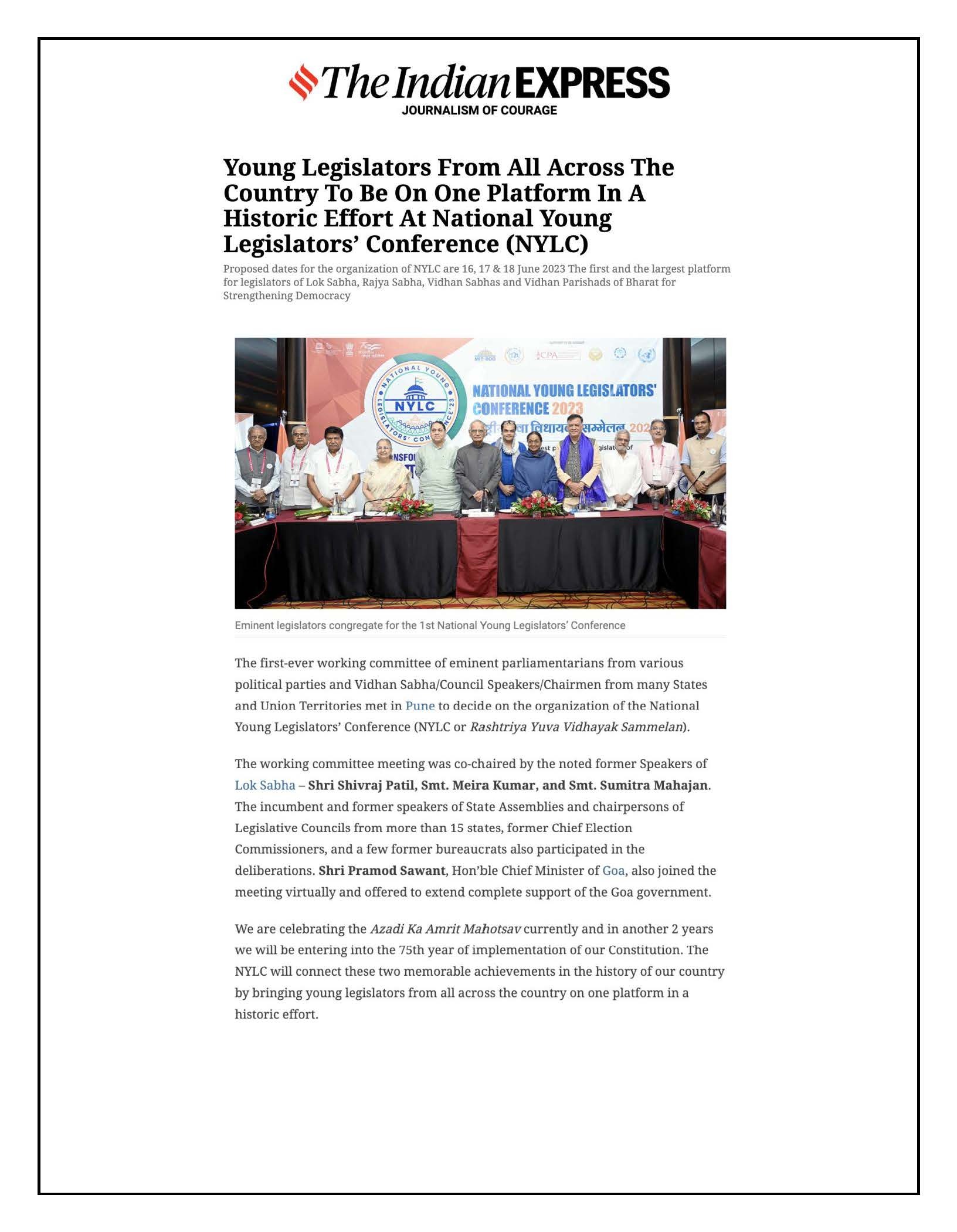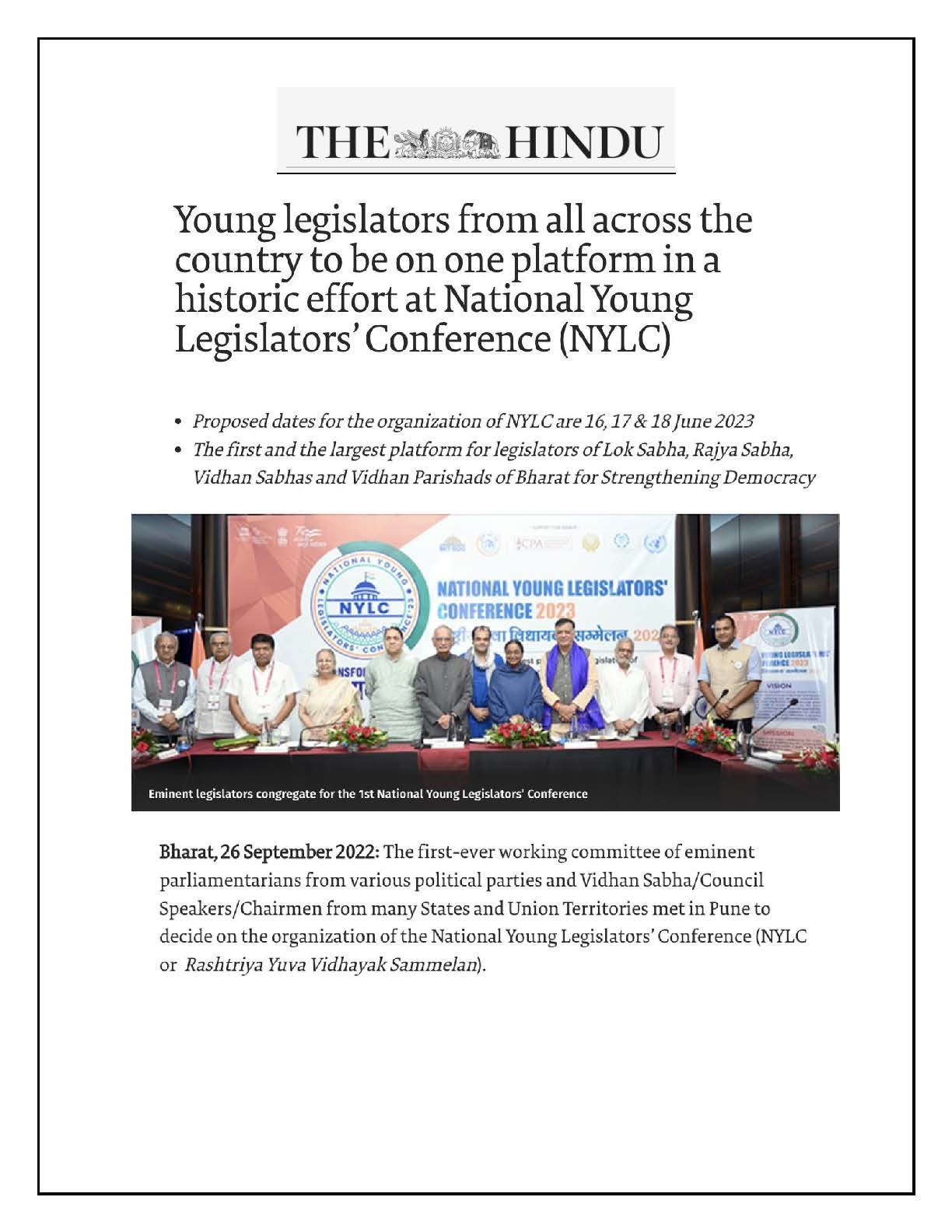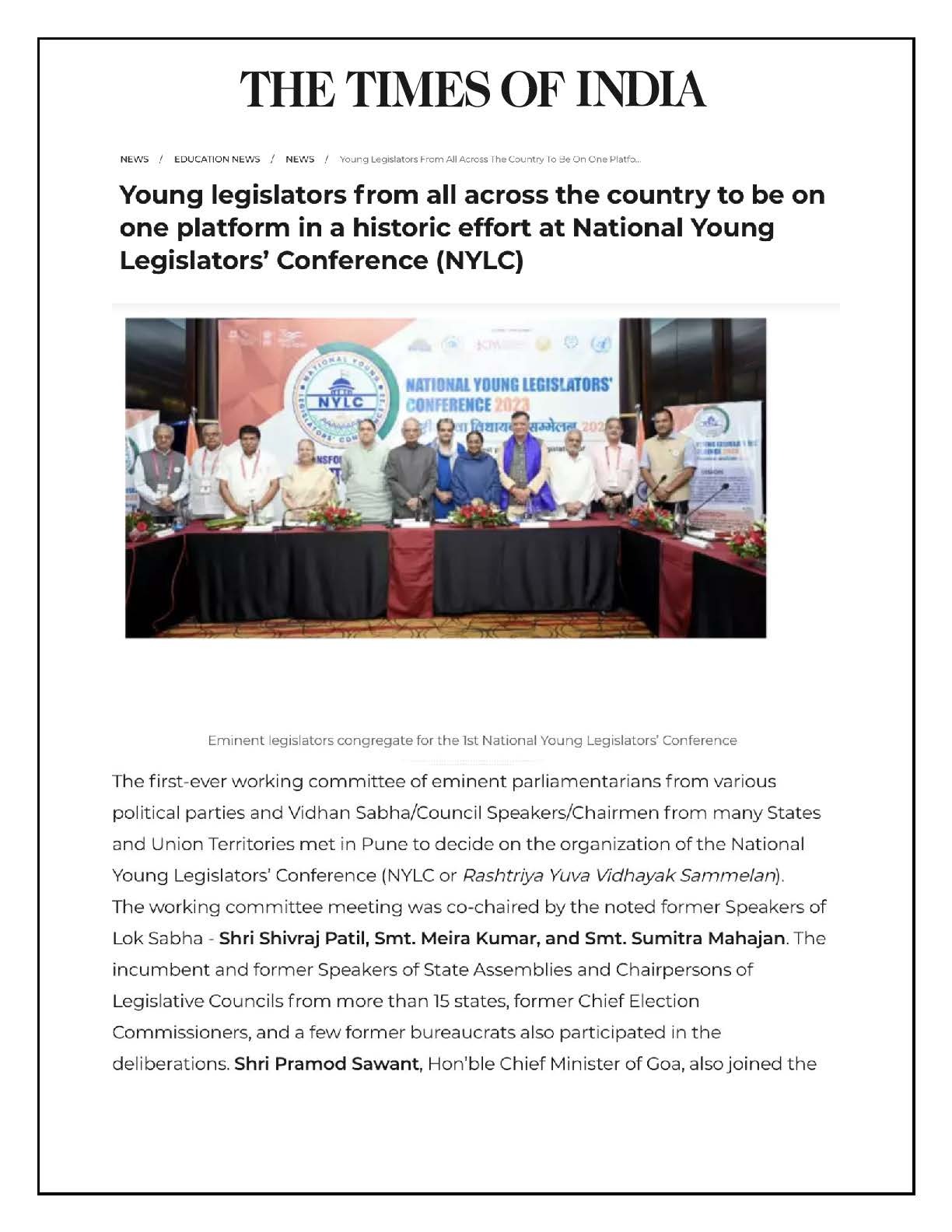Sustainable development is based on the principle that believes in meeting the needs of the present generation without compromising the needs of the future generation. It has a long-term, global view to balance the economic, environmental, and social aspects of development. It suggests a comprehensive vision of human wellbeing, a long-term perspective on the effects of today’s actions, and full participation of civil society in order to find workable solutions.
One of the key challenges of our time is how climate change will affect our environment, economics, and society. Global climate change is a major issue for policy in the twenty-first century because it poses a threat to social stability, economic growth, and the environment. Therefore, the United Nations has identified 17 Sustainable Development Goals (SDGs) to guide the world towards sustainable development. Achieving these goals requires a range of instruments and strategies to be implemented by different stakeholders. India has a multifaceted strategy to conduct a wide range of programmes to achieve the SDGs. Some of the flagship programs of Government of India such as Beti Bachao Beti Padhao (BBBP), Pradhan Mantri Jan-Dhan Yojana (PMJDY), Swachh Bharat Mission (SBM), Pradhan Mantri Awas Yojana (PMAY), Pradhan Mantri Ujjwala Yojana (PMUY), Deen Dayal Upadhyay Gram Jyoti Yojana (DDUGJY), etc. are contributing to India’s progress in this regard.
MLA LAD Funds – As an instrument for Sustainable Development:
The principle of “green growth” is important in order to achieve economic development and growth while preventing environmental deterioration, biodiversity loss, and unsustainable use of resources. Green growth policies can support transformational change and ensure that investing the MLA LAD (Local Area Development) Funds in the environment can lead to more sustainable way of development. Each MLA is given access to an ancillary amount annually through the LADS fund, which allows them to carry out modest development projects in their respective constituencies. These projects, which are of a smaller size and fall under the purview of the MLA’s electoral district, may have been disregarded by the local government in its annual budget. They deal with community asset creation and development activity. Typically, projects that cover the following areas are considered to fall under the MLA LAD scheme if it has the following characteristics:
- It is a community programme
- It produces some assets for the future
- It falls within district sector schemes/subjects and includes a 10% share for urban local bodies in the schemes
- It directly benefits the public
- A developmental programme is one that is non-recurring, preventive, curative, protective, or productive.
The district administration is required to implement the proposal after it has been submitted by the MLA and has been approved within three months. The Fund’s goal is to improve local infrastructure such as roads, schools, drinking water, public health, sanitation, power, family and child welfare, irrigation, and so forth. So, the MLA LAD Fund can be an effective tool for encouraging sustainable development in constituencies. MLAs can improve the lives of the people they represent and help the world achieve the SDGs by supporting sustainable development initiatives. It is essential that MLAs give sustainable development initiatives top priority in order to secure a sustainable future for everyone.
The session’s participants can address the following questions during the conversations:
- How can environmental preservation and economic progress coexist in harmony?
- How to mobilize resources for development from within the community?
- How to mobilize resources from government schemes, CSR etc?
- What is the best way to use the MLA LAD fund to support sustainable development in the constituencies? What are some of the difficulties MLAs experience while using the MLA LAD fund to carry out sustainable development projects?
- How stakeholders could be proactively involved to seek most appropriate solutions and to implement to achieve the SDGs as part of the 2030 Agenda for Sustainable Development?
